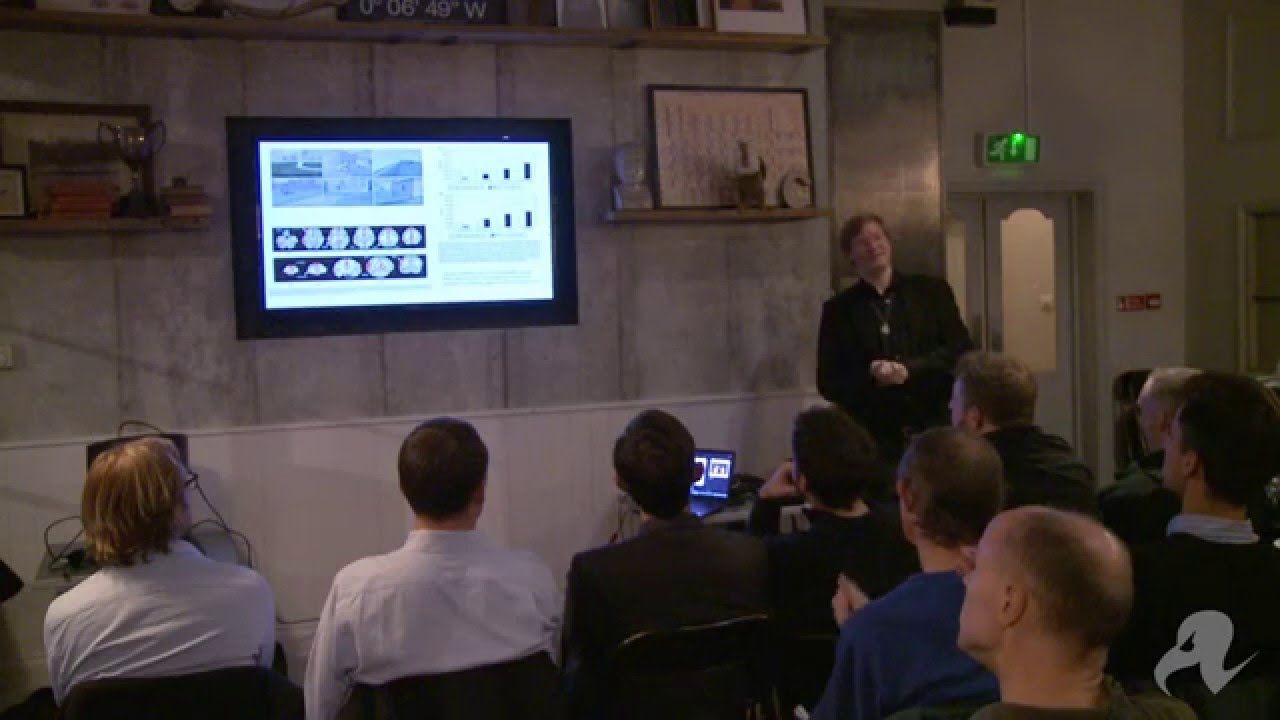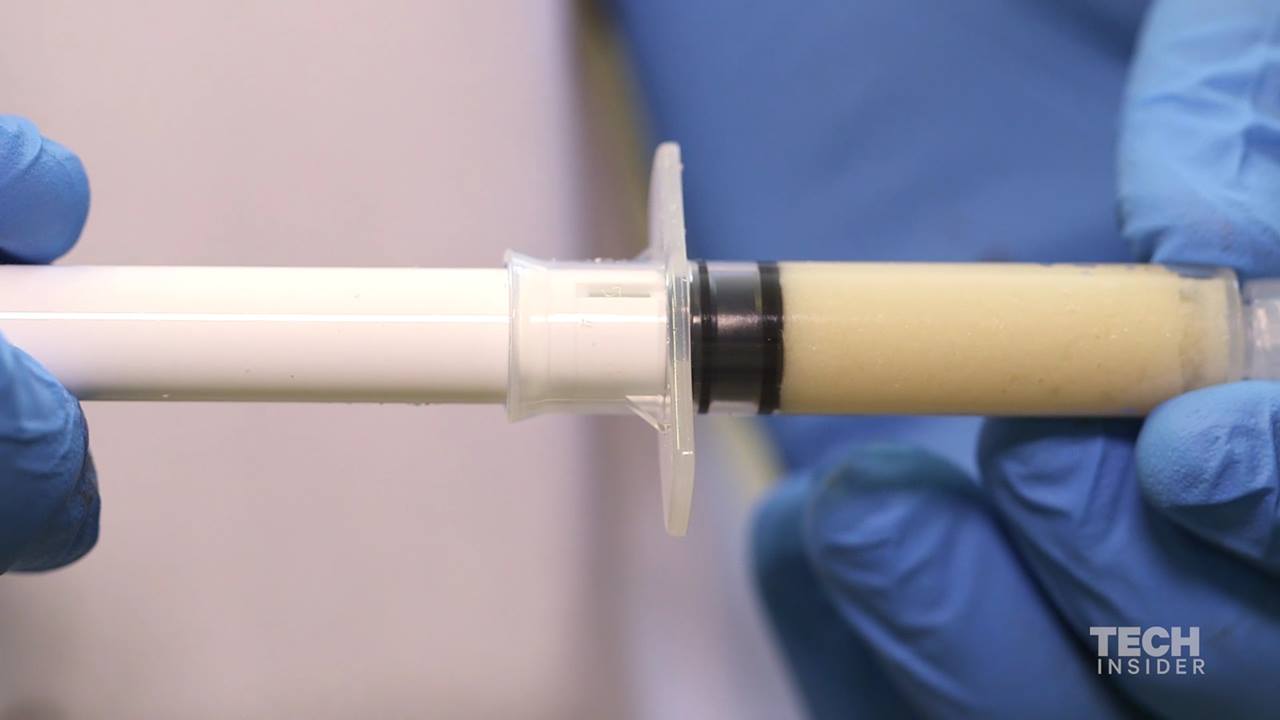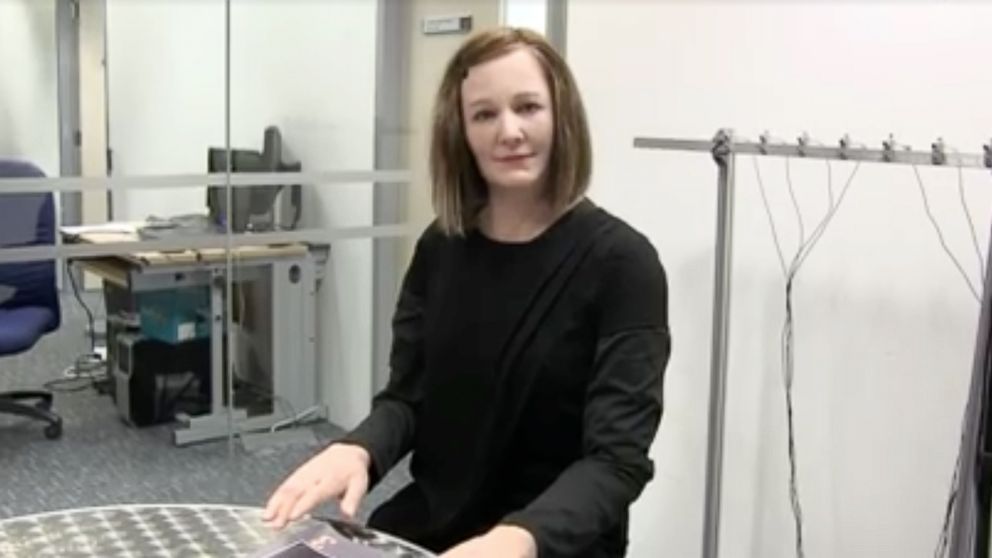Page 11876
Jan 1, 2016
Register Christmas Lecture — Anders Sandberg on Transhumanism
Posted by Amnon H. Eden in categories: futurism, transhumanism

From Humanity Plus:
Anders Sandberg of Oxford University’s Future of Humanity Institute delivered our first 2015 Reg Winter Lecture, taking us on a dizzying tour of transhumanism and human enhancement, which covered why chimpanzees are confused, why the Euro would be in better shape if the politicians put out bowls of stimulants at the next emergency summit, and how some of his friends are experimenting with do it yourself brain hacking.
Jan 1, 2016
Can Governments Ban Bitcoin?
Posted by Philip Raymond in categories: bitcoin, cryptocurrencies, disruptive technology, economics, government, internet
Recently, I was named Most Viewed Writer on Bitcoin and cryptocurrency at Quora.com (writing under the pen name, “Ellery”). I don’t typically mirror posts at Lifeboat, but a question posed today is  relevant to my role on the New Money Systems board at Lifeboat. Here, then, is my reply to: “How can governments ban Bitcoin?”
relevant to my role on the New Money Systems board at Lifeboat. Here, then, is my reply to: “How can governments ban Bitcoin?”
Governments can enact legislation that applies to any behavior or activity. That’s what governments do—at least the legislative arm of a government. Such edicts distinguish activities that are legal from those that are banned or regulated.
You asked: “How can governments ban Bitcoin?” But you didn’t really mean to ask in this way. After all, legislators ban whatever they wish by meeting in a congress or committee and promoting a bill into law. In the case of a monarchy or dictatorship, the leader simply issues an edict.
So perhaps, the real question is “Can a government ban on Bitcoin be effective?”
Jan 1, 2016
Printable Organs Are Closer Than Ever Thanks to Three Bioprinting Breakthroughs
Posted by Klaus Baldauf in categories: biotech/medical, health

Over the next few weeks, while browsing cuties on the dating app, Tinder, you may find an image of a celebrity with an ‘organ donor’ icon next to their photo. By swiping right (usually an action which means “sexy!”), you will be given the option to register as an organ donor.
In what might seem an unlikely partnership, Tinder has partnered with the UK’s National Health Service (NHS) to recruit organ donors.
Continue reading “Printable Organs Are Closer Than Ever Thanks to Three Bioprinting Breakthroughs” »
Dec 31, 2015
VetiGel: The Band-Aid of the future
Posted by Shailesh Prasad in category: biotech/medical

VetiGel: A way to instantly stop bleeding.
A 17-year-old invented an ingenious way to instantly stop bleeding.
Dec 31, 2015
John McAfee says his new security product is a ‘f—ing game changer’
Posted by Sean Brazell in categories: encryption, geopolitics, military, security

It’s an interesting idea, if not an original one. (it’s not) The problem is that, military grade encryption or not, it would be a single point of failure that could compromise your on AND offline security in one fell swoop.
Fugitive presidential candidate John McAfee is going back to his roots with a new security product that he calls “a f—ing game changer.”
Dec 31, 2015
Samsung has an all-in-one health chip for wearables
Posted by Shailesh Prasad in categories: biotech/medical, computing, electronics, health, wearables
Samsung’s already wide product family is getting even bigger thanks to its new chip dubbed the “Samsung Bio-Processor.” As the company tells it, it’s already in mass production and is “specifically designed to allow accelerated development of innovative wearable products for consumers who are increasingly monitoring their health and fitness on a daily basis.” Phew. The announcement post goes on to say that the processor is the first all-in-one health solution chip and that since it’s packing a number of different control and sensor units (like a quintet of Analog Front Ends, a microcontroller unit, digital signal processor and eFlash memory) it can do all these tricks without the need for external processing.
The idea behind the silicon is to be the one-stop wearable fitness resource. Those five AFEs? One keeps track of bioelectrical impedance analysis, while the others focus on volumetric measurements of organs, an electrocardiogram and skin temperature, among other things. Bear in mind that Samsung’s latest smartwatch, the Gear S2, only tracks your heart rate. Same goes for the Apple Watch. Considering how err… interesting Samsung wearables tend to be, a possible scenario here is that the tech giant won’t keep the Bio-Processor all to itself. Nope, the real money here lies in potentially licensing it out to other folks, as it’s wont to do with its other self-made parts.
We won’t have to wait too long to see these in the wild, either: Samsung promises it’ll be packed into devices available early next year. If you’re wondering where, the inevitable follow-up to the aforementioned Gear S2 successor is a pretty likely bet. Whether that shows its face at CES or Mobile World Congress is the real question, though.
Dec 31, 2015
Human-machine superintelligence can solve the world’s most dire problems
Posted by Shailesh Prasad in categories: climatology, computing, neuroscience, sustainability
The combination of human and computer intelligence might be just what we need to solve the “wicked” problems of the world, such as climate change and geopolitical conflict, say researchers from the Human Computation Institute (HCI) and Cornell University.
In an article published in the journal Science, the authors present a new vision of human computation (the science of crowd-powered systems), which pushes beyond traditional limits, and takes on hard problems that until recently have remained out of reach.
Humans surpass machines at many things, ranging from simple pattern recognition to creative abstraction. With the help of computers, these cognitive abilities can be effectively combined into multidimensional collaborative networks that achieve what traditional problem-solving cannot.
Dec 31, 2015
Meet Nadine, a Human-Like Social Robot With Emotions
Posted by Dan Kummer in category: robotics/AI
Getting there. Hands still look creepy though. I predict around 2020 they will attempt to stick a slimmed down version of the Atlas Robot into this.
Scientists recently unveiled “Nadine,” a socially intelligent, human-looking robot complete with “her own personality, mood and emotions.” http://abcn.ws/1kwQwKG











